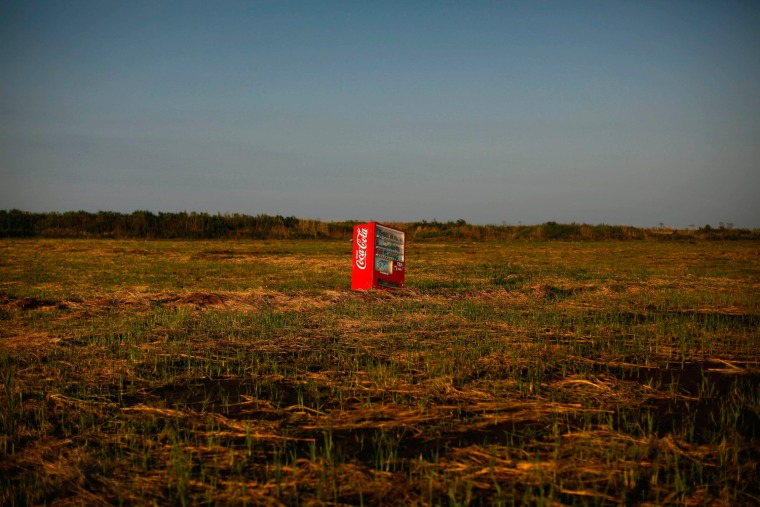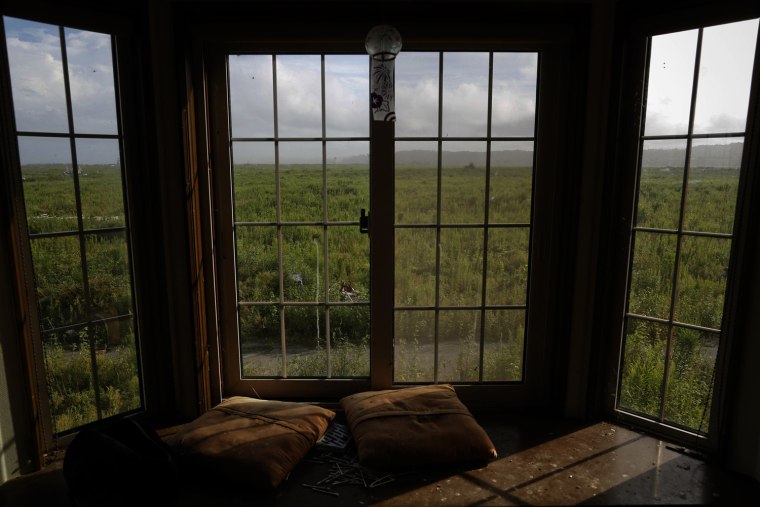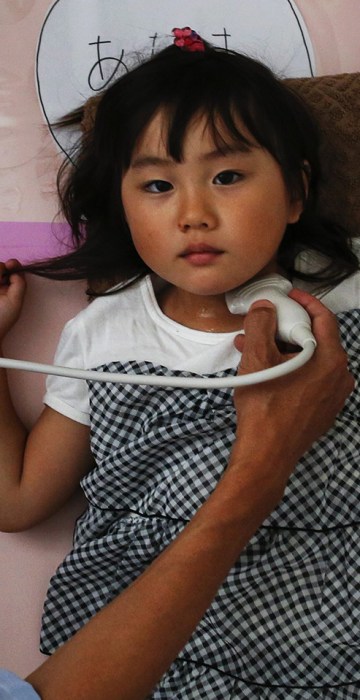
World
Broken lives of Fukushima
The earthquake and tsunami that struck Japan on March 11, 2011 crippled the Fukushima nuclear power plant, forcing some 300,000 people to evacuate their homes. Two and a half years later photographer Damir Sagolj toured the exclusion zone, encountering a scene he likened to "a silent horror movie".
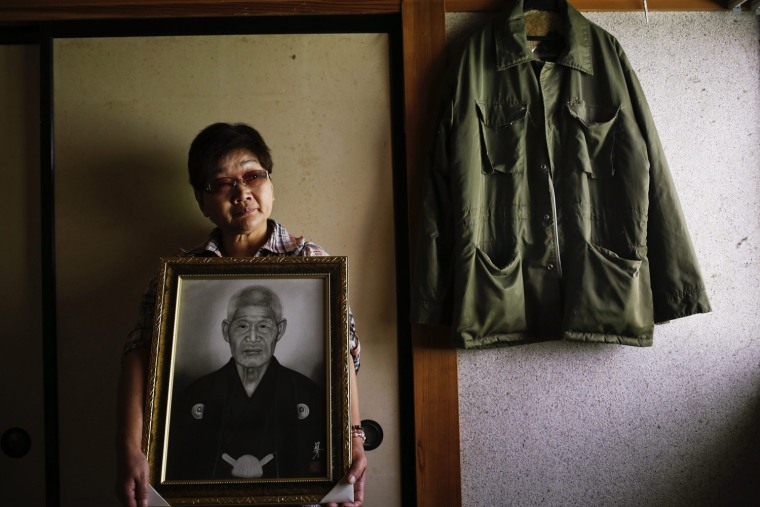
Mieko Okubo poses with a portrait of her father-in-law Fumio Okubo in the room where he committed suicide. His old jacket hangs on the wall. Fumio, a 102-year-old farmer, hanged himself in the house where he had lived for all of his life after authorities ordered the town of Iitate be evacuated following the nuclear disaster at the tsunami-crippled Fukushima Daiichi power plant.
Mieko, who lives outside the exclusion zone, comes back every other day to feed Fumio's dog and clean the house. She says he committed suicide because he could not stand the idea of ending his life anywhere else.
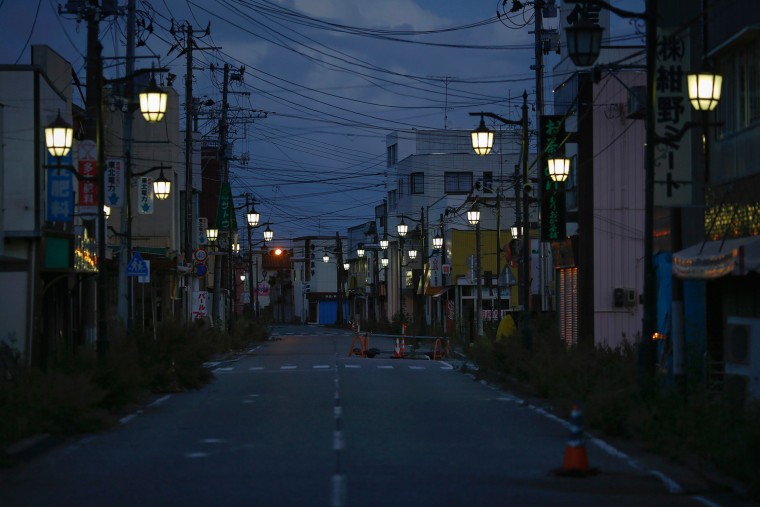
The street lamps still come on each night, but nobody is home these days in the evacuated town of Namie. Former residents can visit their homes once a month with special permission but are not allowed to stay overnight inside the exclusion zone. Around 300,000 people were ordered to leave their homes around the Fukushima plant following the nuclear disaster in March 2011.
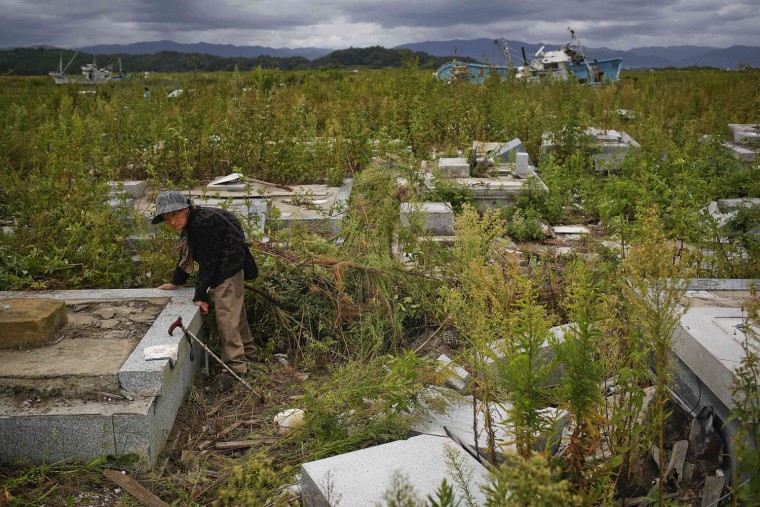
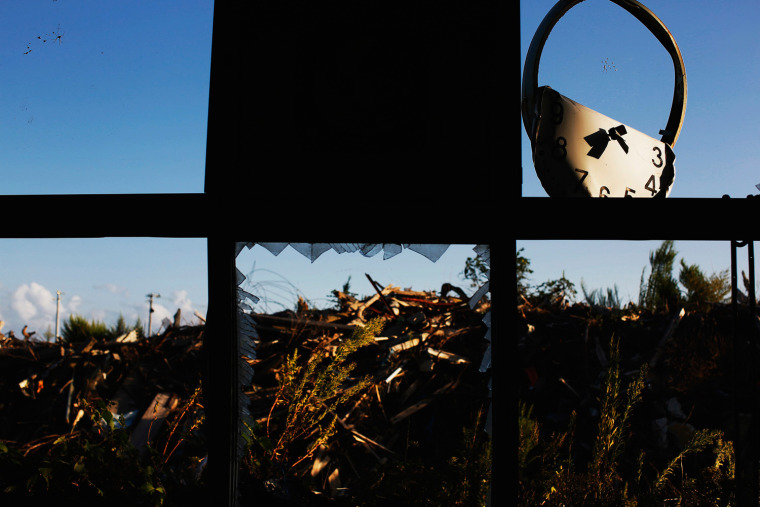
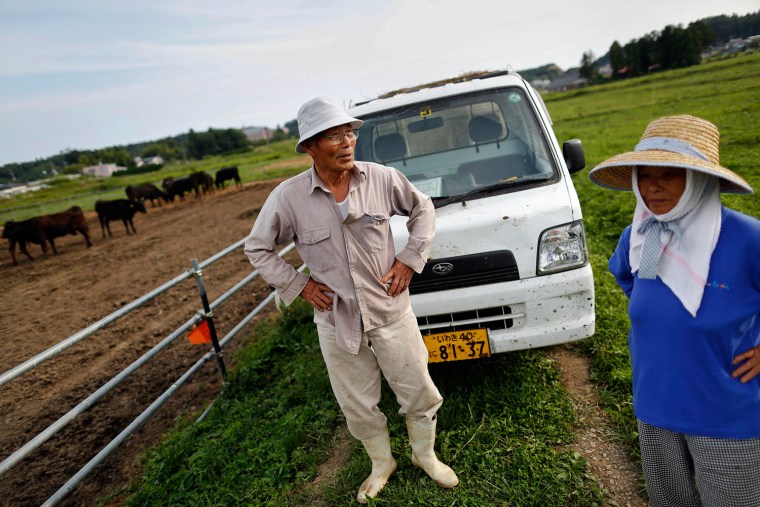
Noboru and Nagako Harada stand beside their cows in the evacuated town of Namie. The couple travel back every day to take care of their 30 cows, even though they will never be able to sell them due to their exposure to high levels of radiation. Before the disaster they had eight cows, but the number has grown in the intervening two and a half years. "Cows are my family. I don't want to kill them, I don't know what to do", says Noboru.
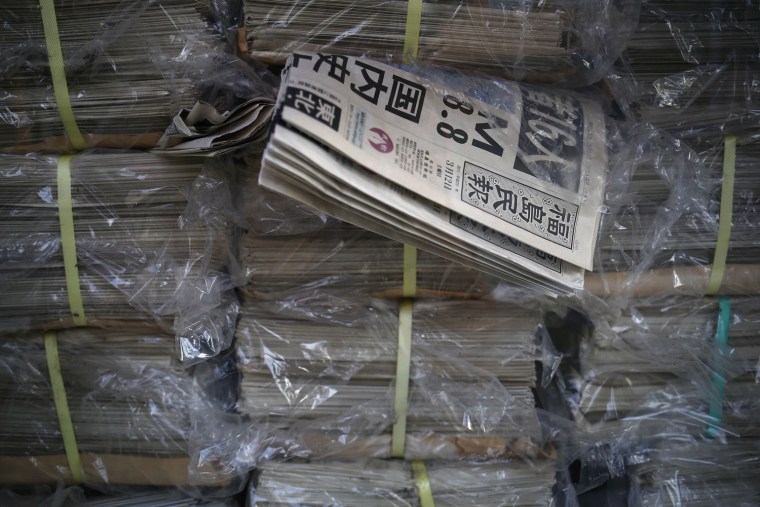
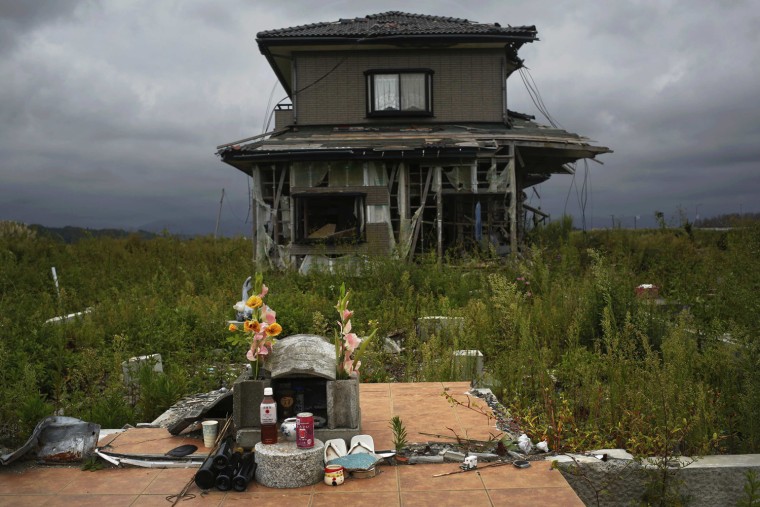
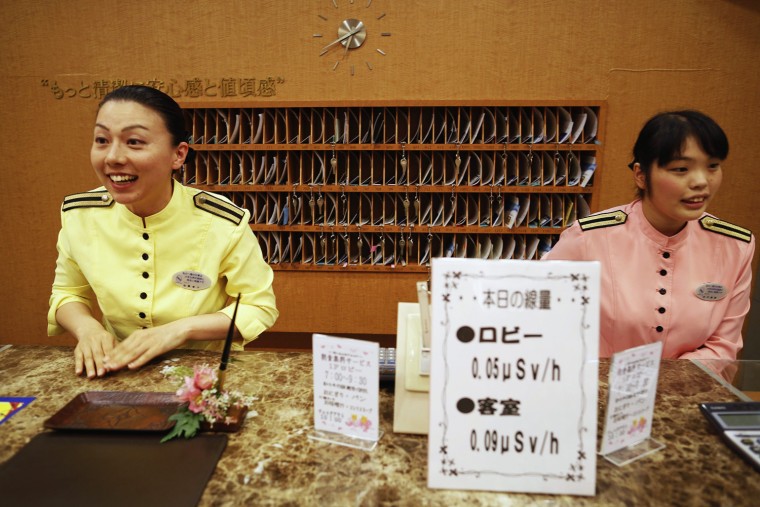
Hotel staff welcome guests behind a sign showing the levels of radiation in the hotel's lobby and rooms, in the town of Iwaki, south of the crippled Fukushima power plant. The operator of the plant, Tokyo Electric Power Co., is struggling to contain contaminated water at the site.
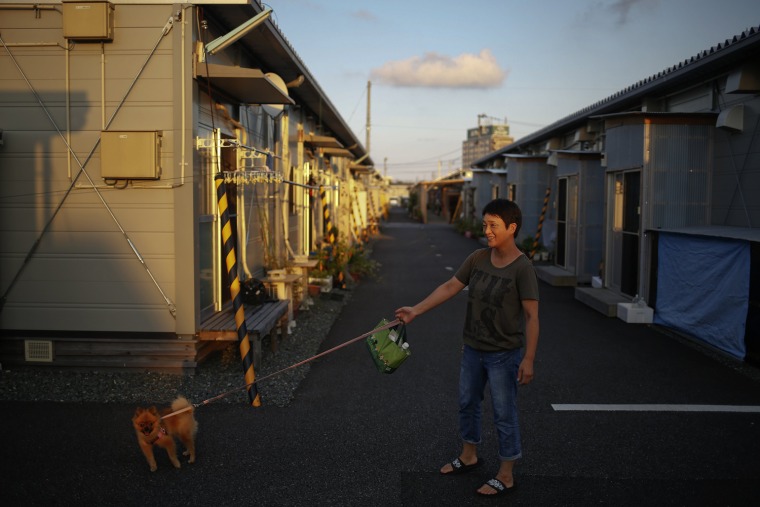
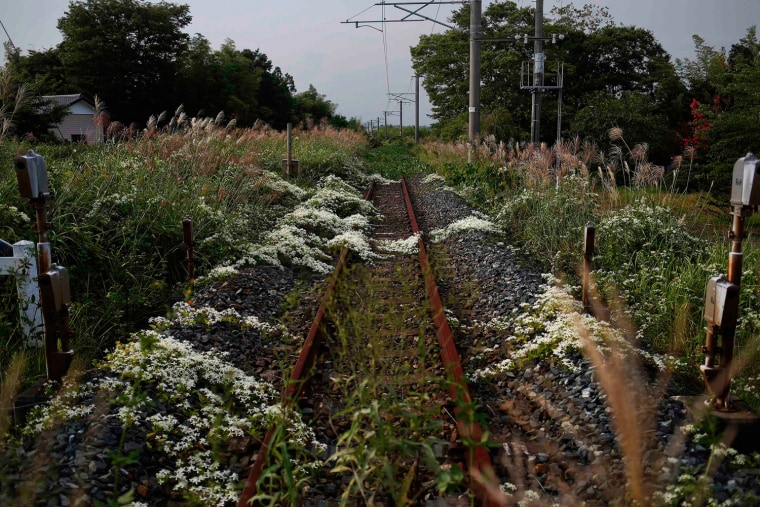
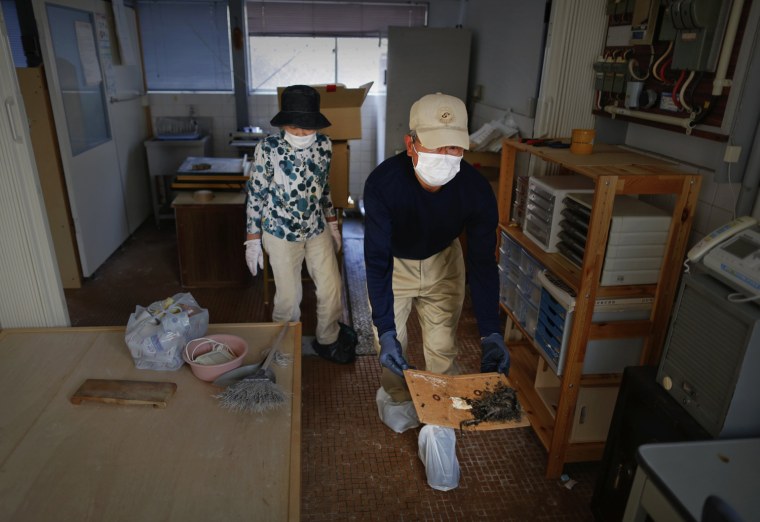
Zenjuro Nagaoka is followed by his wife Satoko as he carries a dead mouse out of their candy store. They were making a rare authorized visit to their home and the shop they used to run in the town of Namie. Concerned to keep the place hygienic, the couple spent most of their visit taking dead mice out and replenishing the poison in their mousetraps.
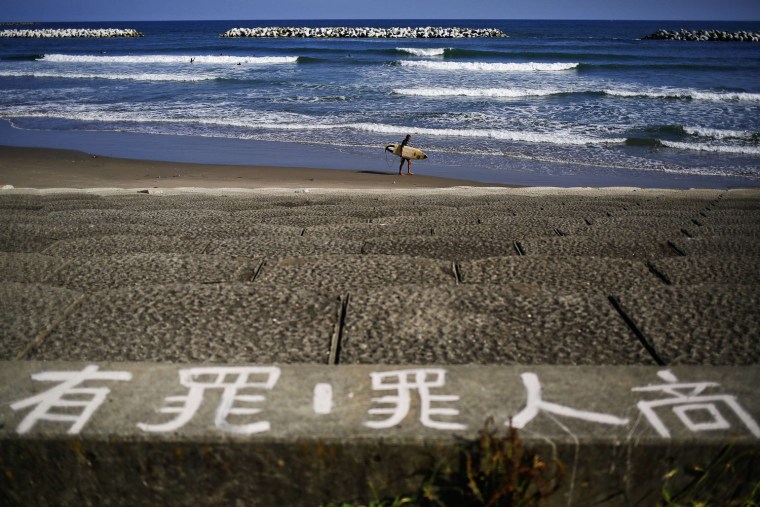
A surfer carries his board as others catch waves in front of anti-tsunami barriers on the closed Toyoma beach near Iwaki. Almost all of the beaches in Fukushima prefecture have been closed since the March 11, 2011 earthquake and tsunami that triggered the world's worst nuclear disaster in 25 years. In July 2013, the company that runs the crippled Fukushima power plant reversed months of denials and admitted that hundreds of tonnes of groundwater that has mixed with radioactive material may be flowing out to the sea every day.
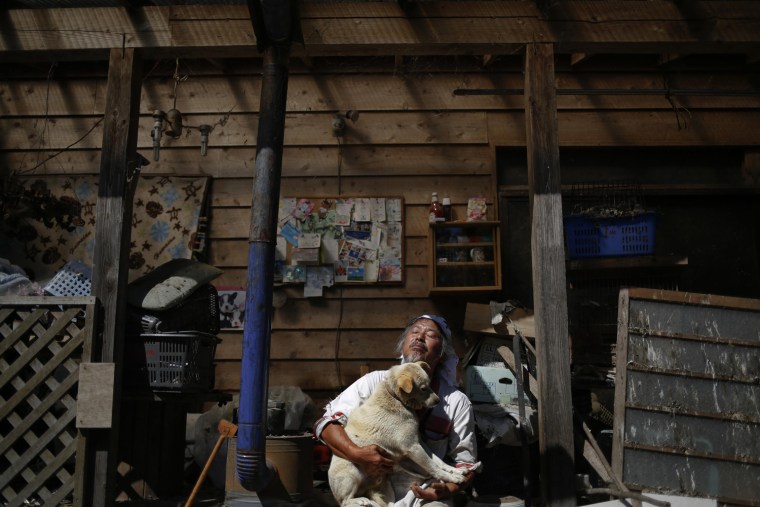
Keigo Sakamoto holds Atom, one of his 21 dogs, at his home inside the exclusion zone near Naraha. 58-year-old Sakamoto, a former caregiver and farmer who refused to leave despite the evacuation order, looks after more than 500 animals, many of them abandoned by previous owners as they left the exclusion zone. He decided to name his dog Atom because it was born just before the 2011 disaster.
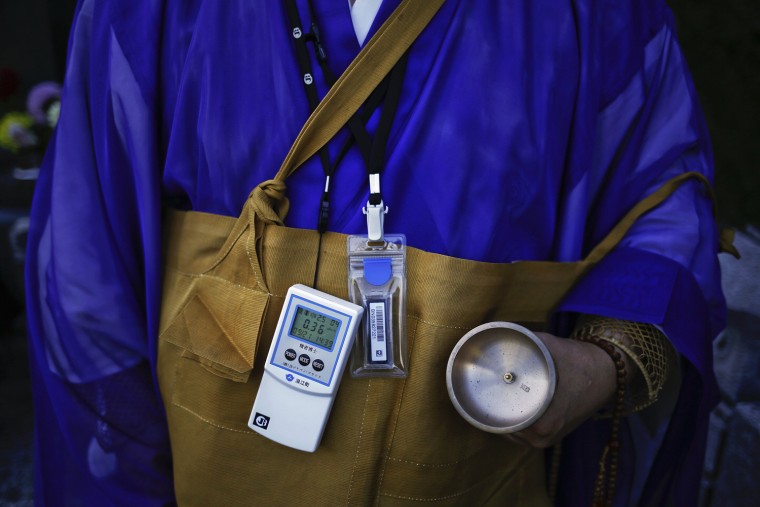
A Buddhist monk wears a Geiger counter as he leads a small funeral ceremony for Yotsuno Kanno at a cemetery in the evacuated town of Minamitsushima. Kanno died in temporary accommodation in May 2013, two weeks short of her 100th birthday. Her remains were brought back to her home town after her death.
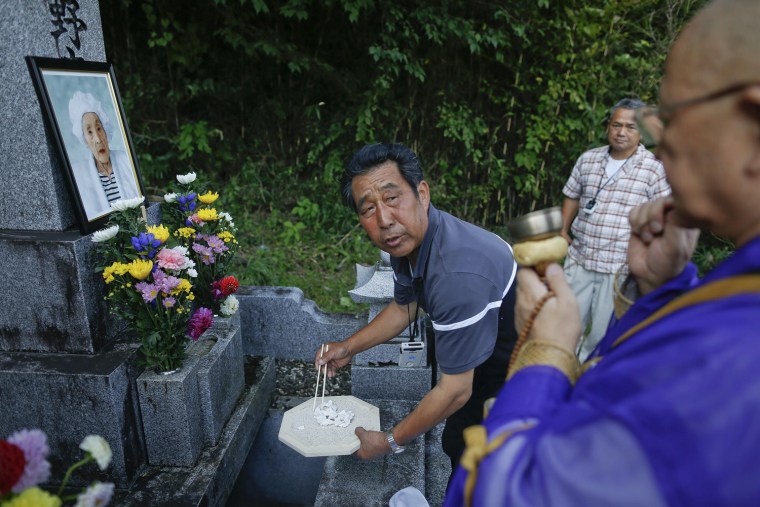
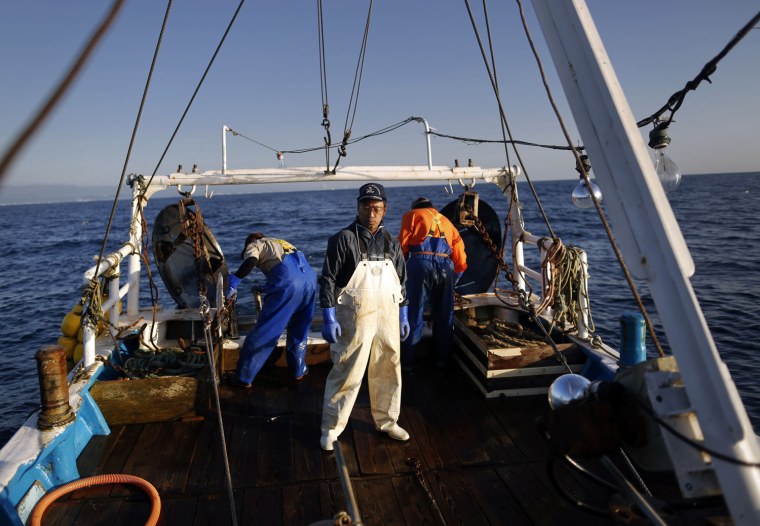
Fishermen on the Kiyomaru fishing boat pull in their nets in the sea off Iwaki town, south of the crippled nuclear power plant. A small portion of the boat's catch will be used to test for radioactive contamination in the waters around Fukushima, with the rest thrown back into the ocean. Commercial fishing has been banned near the tsunami-crippled nuclear complex since the disaster. The only fishing that still takes place is for contamination research, and is carried out by small-scale fishermen contracted by the government.
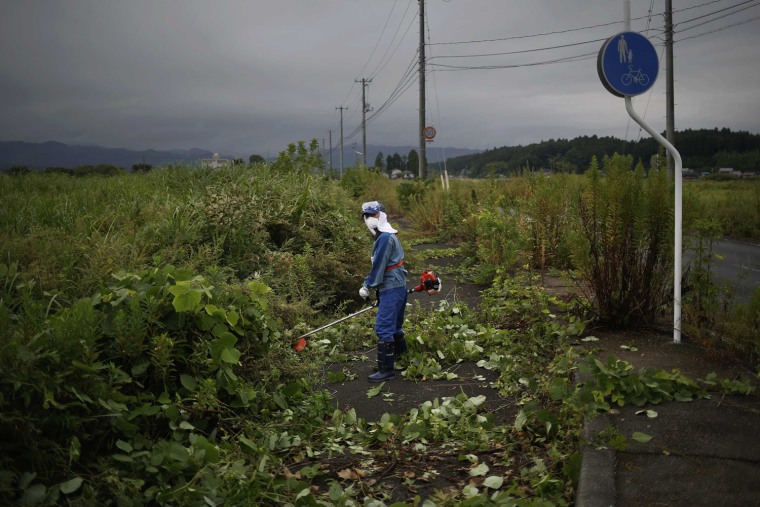
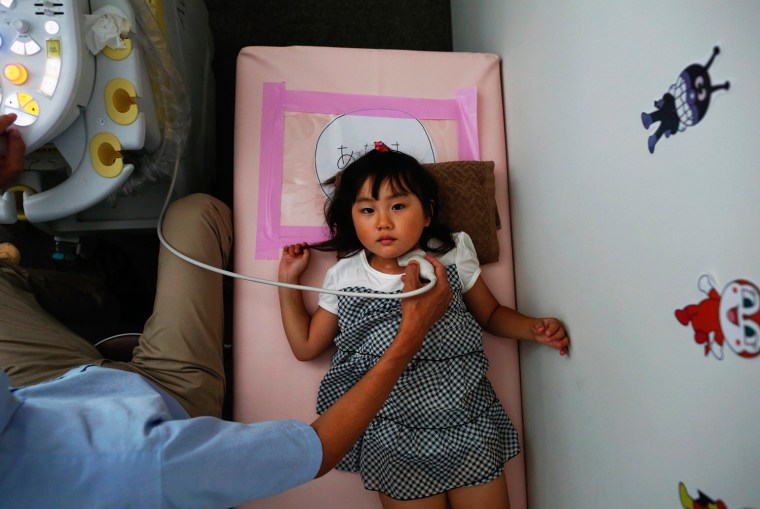
A doctor conducts a thyroid examination on four-year-old Maria Sakamoto at the Iwaki Radiation Citizen Center in Iwaki town. The non-profit organization offers free thyroid examinations for children from the Fukushima area. The World Health Organisation says children in the area may have a higher risk of developing thyroid cancer in the wake of the nuclear disaster.
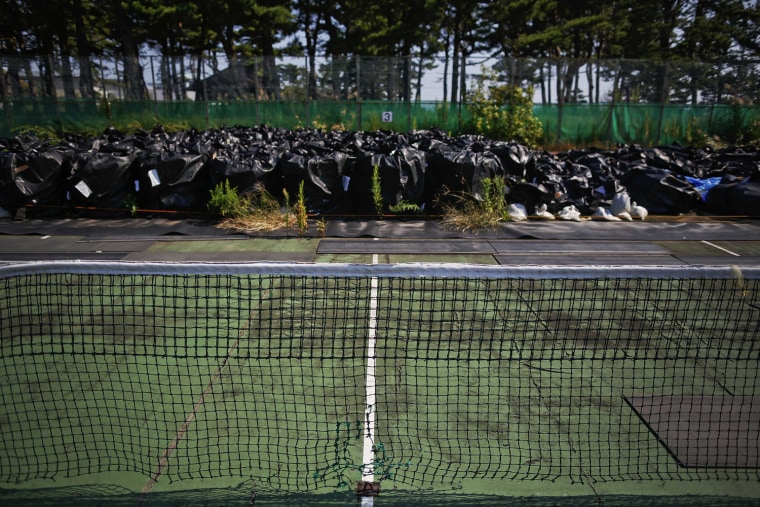
Plastic sacks containing radiated soil, leaves and debris from the decontamination operation are dumped at a tennis court in Naraha town. The most ambitious radiation clean-up ever attempted has proved costly, complex and time-consuming. Most of the contaminated soil and leaves remain piled up in driveways and empty lots because of fierce opposition from local communities to storing it in one place until the Ministry of Environment secures a central site that could hold it for the longer term.
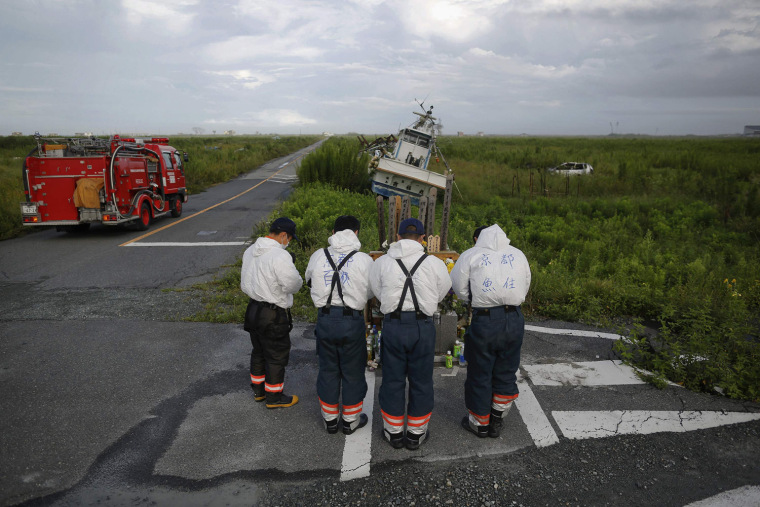
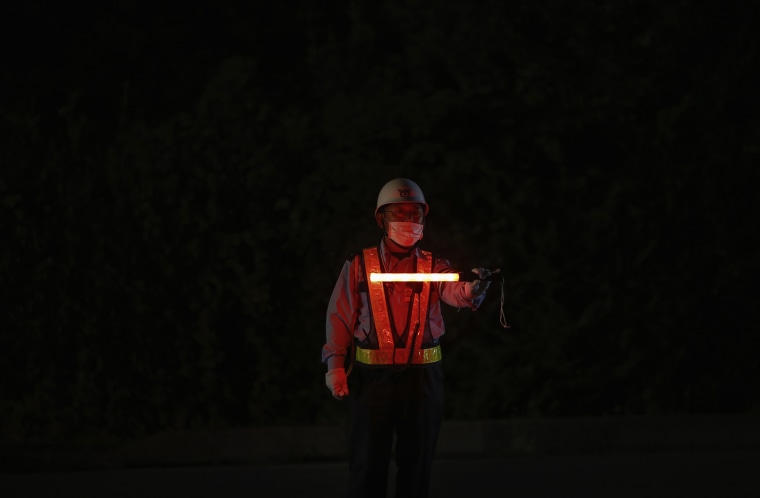
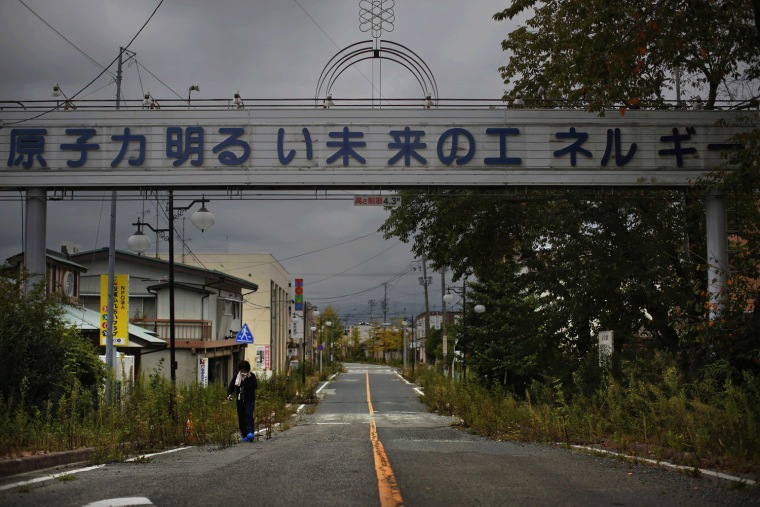
A woman on a brief visit to her old home in Futaba walks under a sign reading "Nuclear Power - The Energy for a Better Future". Decades ago, the citizens of Futaba took pride in the Fukushima Daiichi nuclear complex. Now, they are scattered around Japan with no clear sign of when they might be able to return.
